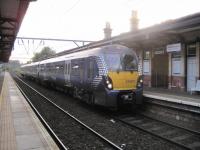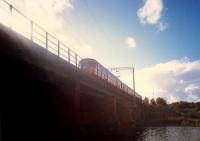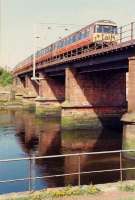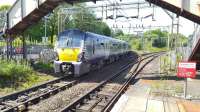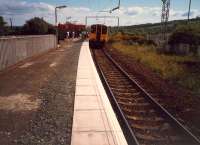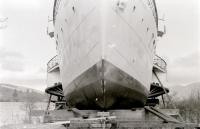Caledonian and Dumbartonshire Junction Railway
Introduction
This railway is still open. This railway runs between Balloch and Bowling via Dumbarton Central. A long section of the line from Dumbarton East Junction to Bowling is closed. The line opened between Balloch and Bowling in 1850. George Burns, the ship owner and operator and a founding partner of Cunard, had a controlling shareholding in the company until 1851. Ships of G & J Burns sailed from Glasgow's Broomielaw Quay to Bowling Frisky Wharf and also on Loch Lomond from Balloch Pier. The company is known by a number of different names and the name and spellings used in the 1846 Act are used here. Not all the authorised lines were built, the line failed to reach either Helensburgh or Glasgow. This confusion is due to the modern standardised spellings; Dumbarton (the town) and Dunbartonshire (the district). Further the word Junction is sometimes omitted. This is compounded by the leading railway author and historian John Thomas varying the name of the line between his various books. As a result the company known by many names including: the Caledonian and Dumbartonshire Railway, the Caledonian and Dunbartonshire Junction Railway, the West Dunbartonshire Railway and the Dunbartonshire Railway.
Dates
Portions of line and locations
This line is divided into a number of portions.
Bowling to Balloch
These sidings were on the south side of the line east of Bowling station. They served both Bowling Harbour (north east corner) and Bowling Basin, the west end of the Forth and Clyde Canal.
...
See also
Glasgow, Dumbarton and Helensburgh Railway
This tidal harbour, today associated with old hulks lying in the mud exposed at the low tide, is the western entry to the Forth and Clyde Canal. It is enclosed by two structures, a dyke to the west (built 1856 by the Clyde Trustees) and the eastern (built 1846) which was a long timber quayside, now almost totally gone. It was laid out in 1846 when a new sea lock from the western side of ...
More detailsSee also
Lanarkshire and Dumbartonshire Railway
This signal box was on the north side of the line, east of Bowling station opposite Bowling Harbour. It controlled access to the sidings on the south side of the line which ran to Bowling Canal Basin, of the Forth and Clyde Canal, just to the east and the quay and coal bunkering sidings at the east end of Bowling Harbour, served with mobile cranes.
...
See also
Glasgow, Dumbarton and Helensburgh Railway
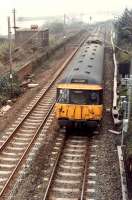
Ewan Crawford //1990
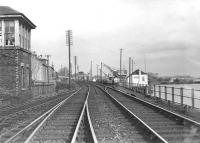
G H Robin collection by courtesy of the Mitchell Library, Glasgow 19/04/1957
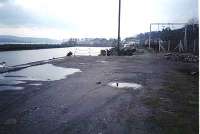
Ewan Crawford //
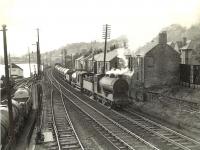
G H Robin collection by courtesy of the Mitchell Library, Glasgow 19/04/1957
This is a two platform station in the south of Bowling at at the north west end of Bowling Harbour. Today it is a minimal station with platforms, shelters, parking and a footbridge. It has a interesting history. Between 1850 and 1858 it was a terminus for trains from Balloch and Dumbarton, passengers for Glasgow having to complete their journey by water. It was initially known as ...
More detailsSee also
Glasgow, Dumbarton and Helensburgh Railway
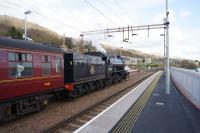
John McIntyre 27/04/2013
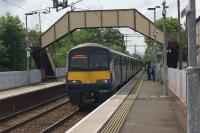
John McIntyre 02/06/2019
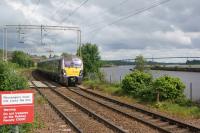
John McIntyre 02/06/2019
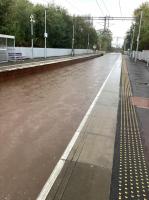
Network Rail 07/10/2023
This timber steamer pier is now completely derelict. It was to the west of the Bowling Harbour wall outside the harbour itself. It was both a passenger and goods pier.
...
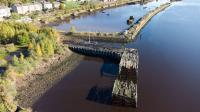
Ewan Crawford 18/10/2022
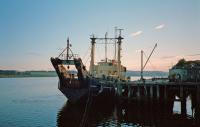
Ewan Crawford //1987
This oil terminal was west of Bowling, just west of Dunglass Castle by Dunglass Rock. It was built on the reclaimed north bank of the River Clyde - when the Caledonian and Dumbartonshire Junction Railway opened in 1850 the shoreline was moved to the south of the railway embankment leaving marshy land to its north. The oil terminal began to be laid out in 1919 following the successful ...
More details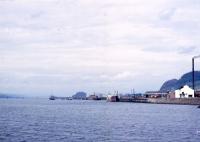
John McIntyre Collection /07/1964
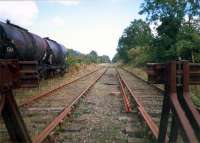
Ewan Crawford //1987
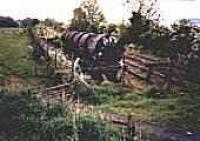
Ewan Crawford //
This goods yard was at the end of a long siding from Dumbuck Signal Box, which predated it. The line was on the north side of the line and approached via a reversing spur from the eastbound line. The yard was just south of Milton and finished with a loading bank and sidings.
...
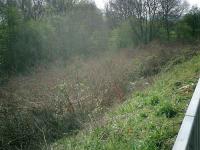
Alistair MacKenzie 13/04/2007
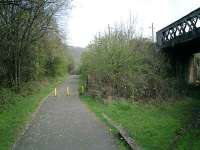
Alistair MacKenzie 13/04/2007
This signal box was on the south side of the line just east of the Glasgow Road overbridge and west of the Lanarkshire and Dumbartonshire Railway overbridge.
...
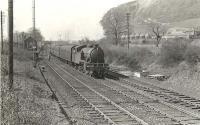
G H Robin collection by courtesy of the Mitchell Library, Glasgow 12/04/1958
This junction was directly east of Dumbarton Central station. It was formed in 1896. Here the former Caledonian and Dumbartonshire Junction Railway of 1850 (now owned by the North British Railway) was met by the newly opened Lanarkshire and Dumbartonshire Railway.
...
See also
Lanarkshire and Dumbartonshire Railway
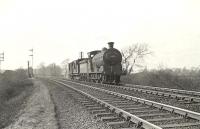
G H Robin collection by courtesy of the Mitchell Library, Glasgow 12/04/1958
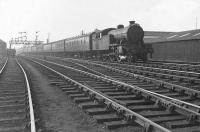
G H Robin collection by courtesy of the Mitchell Library, Glasgow 12/04/1958
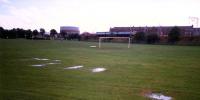
Ewan Crawford //1987
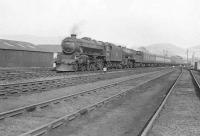
G H Robin collection by courtesy of the Mitchell Library, Glasgow 12/04/1958
This is a three platform station on the Helensburgh, Balloch and West Highland Railway lines. The station consists of two island platforms (the northernmost eastbound face is currently out of use with the trackbed overgrown) with a permanent way yard in the sidings at the east end of the station, south side of the line. The station is above street level, the side walls bordering ...
More details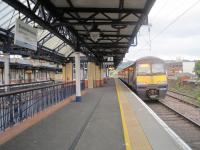
David Bosher 25/07/2017
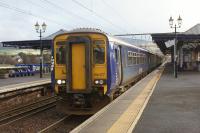
John McIntyre 26/01/2022
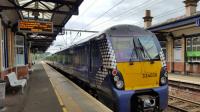
...
Beth Crawford 17/07/2018
This ship engine works was located by the River Leven on either side of the Caledonian and Dumbartonshire Junction Railway immediately east of Leven Viaduct [Dumbarton] and west of Dumbarton Central. It was the works of Denny & Co, the marine engine builders for William Denny & Bros Ltd's Leven Shipbuilding Yard.
...
This is a double track girder viaduct over the River Leven between Dalreoch, to the west, and Dumbarton Central, to the east. There are five girder spans.
...
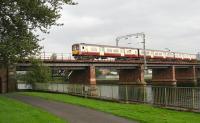
John Furnevel 09/09/2012
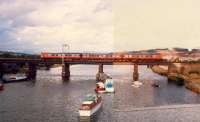
Ewan Crawford //1987
This is a double track junction to the immediate west of Dalreoch station.
...
See also
Glasgow, Dumbarton and Helensburgh Railway
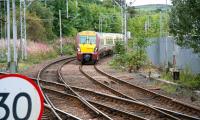
John Furnevel 09/09/2007
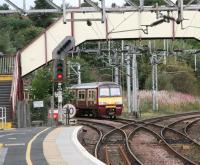
John Furnevel 09/09/2007
Dalreoch is a two platform station with the junction between the Balloch branch and the Helensburgh line immediately to its west. The station has two car parks and a staffed station building. To the east is the Leven Viaduct [Dumbarton] and Dumbarton Central.
...

Ewan Crawford 02/10/2023

John McIntyre 22/11/2011
This forge was located north of Dalreoch station and east of the Balloch branch. Opened 1855.
...
This box was a little north of Dalreoch Junction and south of Renton. A headshunt made a trailing connection on the west side to the northbound line. By reversal Dalreoch Quarry could be reached by a short line which passed under the main road to the west. The box was on the west side, just south of a road overbridge.
...
This was the junction for a goods branch serving Dalquhurn Printworks and Cordale Works. This junction was between Dalreoch (to the south) and Renton (to the north). The goods line ran north following the River Leven, to the east of Renton.
...

Ewan Crawford 31/12/2007
This is a single platform station, the platform being the former southbound platform. The British Railways built station building still stands, no longer in railway use.
...

David Panton 09/06/2021

David Panton 09/06/2021
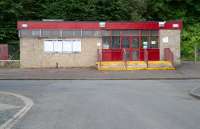
John Furnevel 09/09/2007
This dye works was on the east bank of the River Leven by Bonhill.
...
This is a single platform station. There is a modern building on the platform. With road improvements, planners have placed the station in the middle of a large roundabout. There is a car park.
...
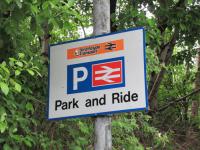
David Panton 09/06/2021
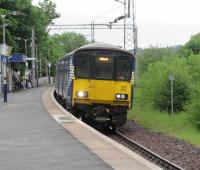
David Panton 09/06/2021
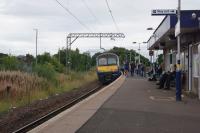
John McIntyre 01/09/2018
This factory was built for the Argyll Motor Company. A very fine set of offices formed a frontage onto North Main Street behind which was the factory itself. It is this frontage which remains today.
...
This signal box was between Forth and Clyde Junction [Balloch], Balloch, (to the north) and Alexandria station to the south.
...
This was a double track junction between the existing Caledonian and Dumbartonshire Junction Railway of 1850 and the later Forth and Clyde Junction Railway of 1856. The junction was south of Balloch Central and today's Balloch station.
...
See also
Forth and Clyde Junction Railway
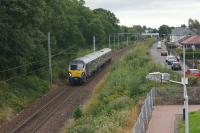
John McIntyre 01/09/2018
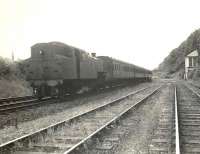
G H Robin collection by courtesy of the Mitchell Library, Glasgow 09/07/1957
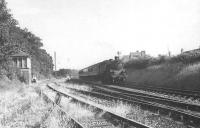
G H Robin collection by courtesy of the Mitchell Library, Glasgow 09/07/1957
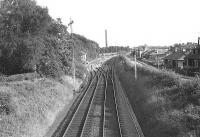
G H Robin collection by courtesy of the Mitchell Library, Glasgow 09/07/1957
This is a single platform station - the platform occupying what was the down track before it was lifted. The station is south of Balloch Road which was formerly crossed by a level crossing to reach Balloch Central.
...

Ken Strachan 15/07/2015
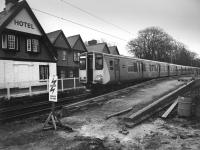
...
Bill Roberton //1987
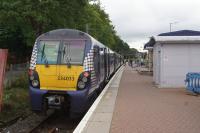
John McIntyre 01/09/2018
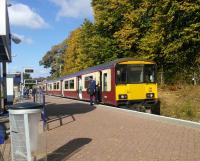
David Panton 08/10/2016
This was a two platform station to the north of the level crossing over Balloch Road. The station building still stands. This was the main station in Balloch, Balloch Pier was to the north. Balloch, to the south of the level crossing, replaced this station.
...
This was a minimal shed. Facilities were spread out around the Balloch stations. The shed building had a single covered road and water tank. It was located to the immediate west of Balloch Central and was approached from the north. The turntable was further north (half way to Balloch Pier) on the west side of the line, the brick-lined pit surviving into the 1980s. The coaling bench was on ...
More detailsThis was the factory of the British Silk Dyeing Company located west of Balloch Central on the north side of Balloch Road. It was served by a siding from the turntable line south of Balloch Pier station. Approach was from the north with the single track long siding running south and then west to serve the north of the factory site. At the buffer end was a short loop.
...
This was a two platform station, an island platform with a long face which ran onto the pier and a shorter bay platform on the west side. Passenger steamers called on the west side of the pier.
...
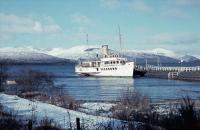
Brian Haslehust /01/1963
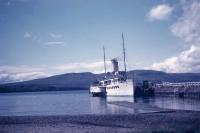
John McIntyre Collection //1955

Colin Miller //1994
Dumbarton Goods Branch
This junction was directly east of Dumbarton Central station. It was formed in 1896. Here the former Caledonian and Dumbartonshire Junction Railway of 1850 (now owned by the North British Railway) was met by the newly opened Lanarkshire and Dumbartonshire Railway.
...
See also
Lanarkshire and Dumbartonshire Railway

G H Robin collection by courtesy of the Mitchell Library, Glasgow 12/04/1958

G H Robin collection by courtesy of the Mitchell Library, Glasgow 12/04/1958

Ewan Crawford //1987

G H Robin collection by courtesy of the Mitchell Library, Glasgow 12/04/1958
This goods yard was to the south of Dumbarton Central. It was approached from Dumbarton East Junction. There was direct access for trains from the east and a reversing spur for trains from the west. A westbound goods loop ran from Dumbarton East Junction to the south end of Dumbarton East station. The goods yard was opened by the [[Dumbarton and Balloch Joint Railway (Caledonian ...
More details
Ewan Crawford //1996

Ewan Crawford 18/03/2012
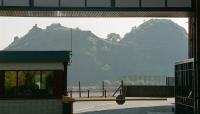
Ewan Crawford //1996
This was the Denny Shipyard, located on the east bank of a bend of the River Leven in Dumbarton. The symbol of the yard was an elephant, representing Dumbarton (Dumbarton Rock is said to resemble an elephant).
...
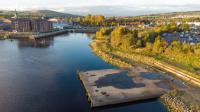
Ewan Crawford 18/10/2022
Cordale Branch
This was the junction for a goods branch serving Dalquhurn Printworks and Cordale Works. This junction was between Dalreoch (to the south) and Renton (to the north). The goods line ran north following the River Leven, to the east of Renton.
...

Ewan Crawford 31/12/2007
This bleachworks was located by Dalquhurn Point on the west bank of the River Leven where washed cloth could be laid out on the level ground to bleach in sunlight.
...
Dillichip Branch
This viaduct gave access to the Dillichip Dye Works from the Caledonian and Dumbartonshire Junction Railway. Now removed.
...

Ewan Crawford 03/10/2004
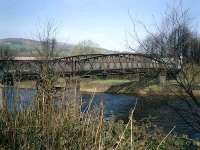
Alistair MacKenzie 02/04/2007
This dye works was on the east bank of the River Leven by Bonhill.
...










